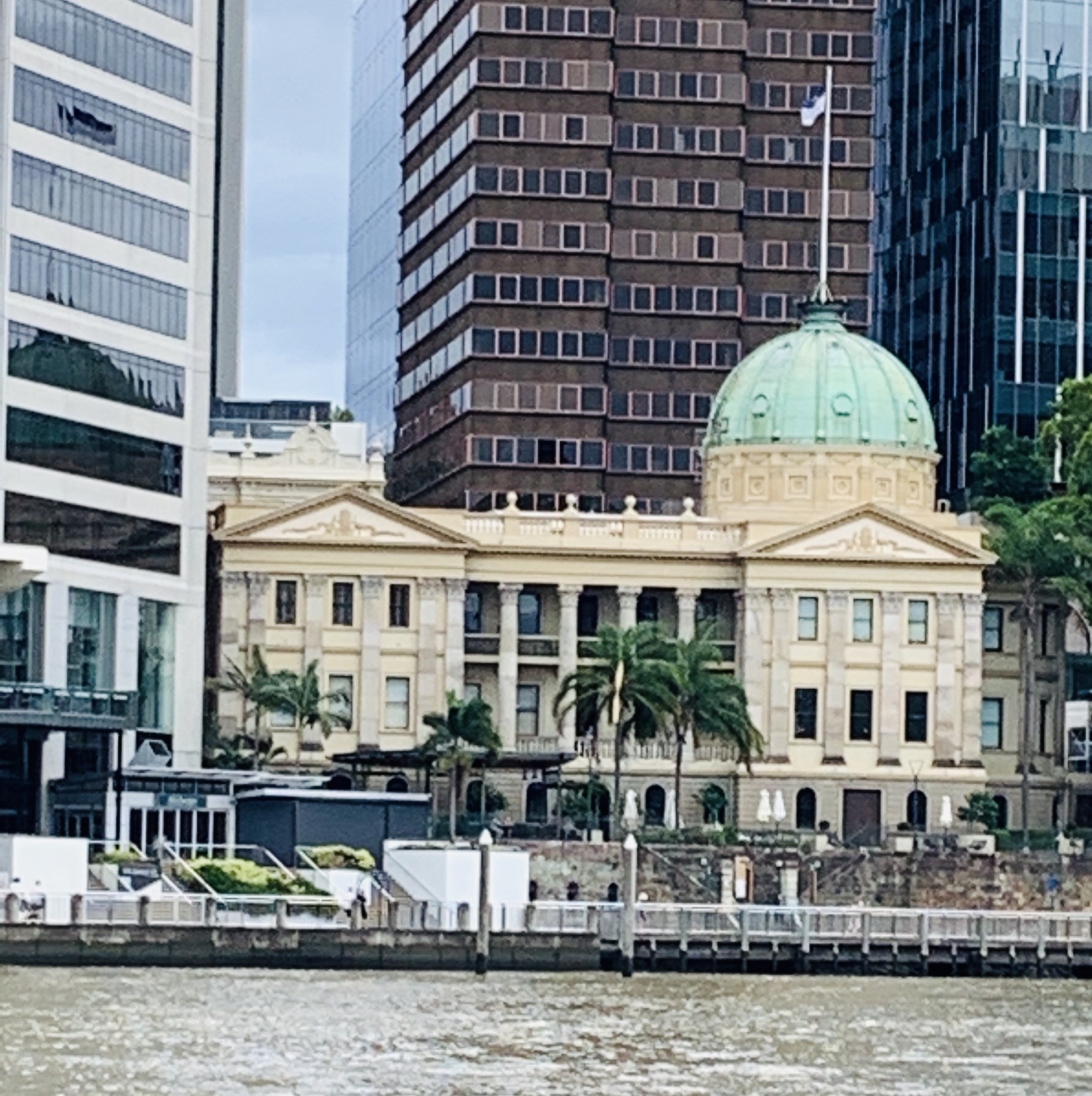Remember when we could travel and reunite with friends and colleagues from all over the world at fundraising conferences? Yep, l miss the globetrotting part of my work. At least I was blessed with one last wonderful trip before this whole pandemic situation came barreling down on us.
This past February I headed back to Australia to present for the second time at the Fundraising Institute of Australia’s annual conference. If you ever have a chance to attend, please do yourself a favour and go. It is a wonderful conference with wonderful people in a wonderful country (Australia is simply amazing).

Downtown Brisbane viewed from a river boat
The FIA invited me to co-present the Gifts in wills masterclass with two fantastic, experienced, and smart fundraisers: Ross Anderson, FFIA of The Alfred Foundation and Roewen Wishart of Xponential.
All three of us got into talking about propensity modelling for identifying the best legacy prospects and Ross shared his own past experience with using this tool.
Propensity what now?
A propensity model is a statistical scorecard that is used to predict the behaviour of your donor or prospect base. Propensity models are often used to identify those most likely to respond to an offer, or to focus retention activity on those most likely to take action.
Instead of writing an extensively long case study, we recorded it. In the video, Ross explains the different ways two organizations he’s worked at in the past have used the modelling tool.
Next steps …
If you are considering developing a propensity model for your legacy program, here are a few things to consider:
- What are the most important engagement criteria to use for your specific organization
- What is a fair rating mark for each engagement criteria
- Keep your model simple at first and add layers of complexity as you get more comfortable with the tool or when your program’s needs evolve
- Have realistic expectations about how much engagement you can undertake with the results
- Think through highly personalized journeys for different groups of donors coming out of your modelling
- Learn, adjust, improve, repeat
If you are eager to develop a propensity model for your legacy program but don’t know where to start, head over to the Contact page and write to me. Let’s see how we can get you set up to optimize your database and identify those prospects quickly!
As always, if you have questions about this topic, you can write a comment at the bottom of the page and I’ll make sure to answer as soon as possible.


